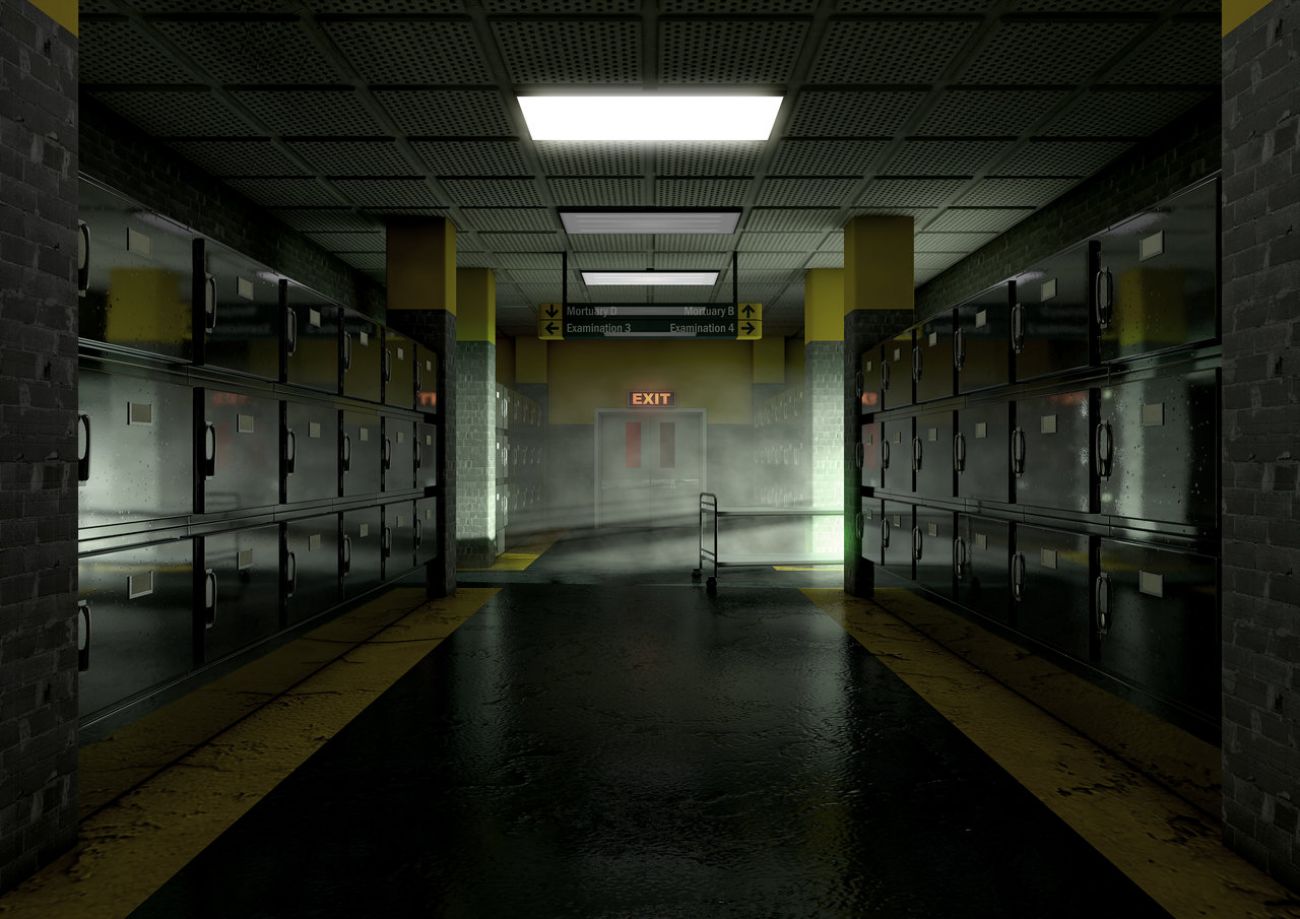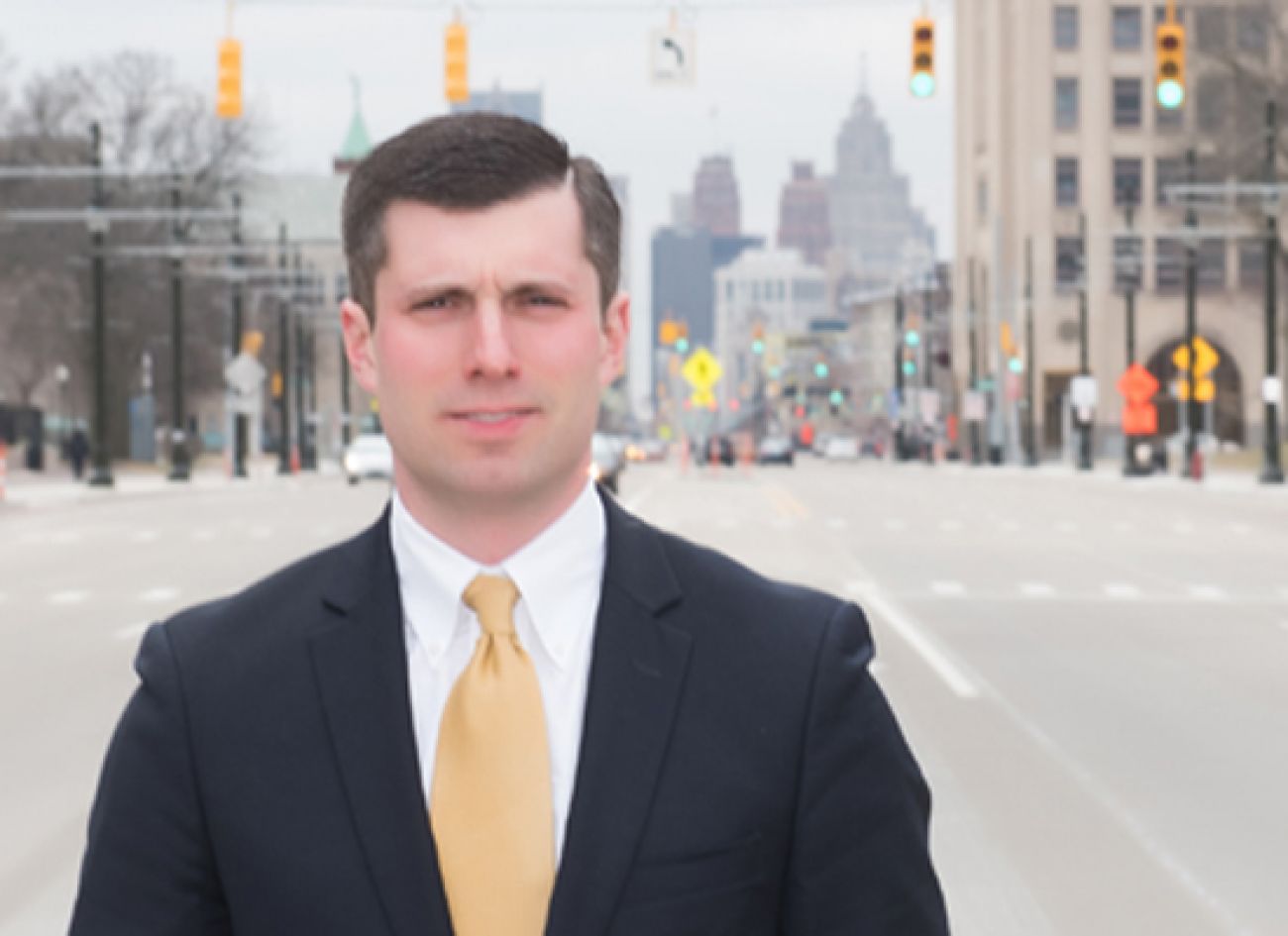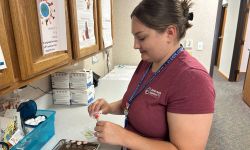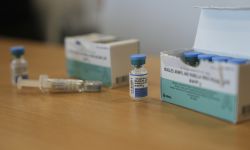Michigan’s COVID-19 death toll is undercounted. So some want to test the dead.

As the coronavirus death toll climbs in Michigan — 540 as of Saturday — another grim number will never be known: The dead who go uncounted as casualties of the worst pandemic in a century.
“I don’t know if our fatalities would be twice as many or 10 times as high, and we won’t know until we have ready access to tests,” said Dr. Russell Faust, medical director of Oakland County’s health division.
Because of a nationwide shortage of tests, there are few efforts to test the dead for coronavirus, especially for those who are elderly or have underlying conditions.
- The latest: Michigan coronavirus map, locations, updated COVID-19 news
- What Michigan’s coronavirus school closure means for you
- What Michigan’s coronavirus stay-at-home order means for residents
- What jobs are exempt from Michigan coronavirus lockdown? You may be surprised.
Oakland County is an exception, though, and has tested several bodies to avoid having to quarantine emergency workers who are called to help as people are dying.
“The issue is there are a number of people who die ... outside of hospitals. EMS shows up and they do [cardiopulmonary resuscitation,] and the automatic assumption is that [the person’s] age or comorbidity — maybe emphysema — pushed them over the edge,” Faust said.
Without knowing if they’d been exposed to COVID-19, emergency crews would have to be quarantined for 14 days — something small towns can’t afford, Faust said.
Faust declined to say how many bodies had been tested, but he said a “handful” of those cases returned positive results.
“Had we not performed those tests, who would not have known they were COVID cases,” Faust said.
Tests remain at a premium in Michigan, whose hospitals and private labs have tested nearly 38,000 people for the virus as of Saturday. That’s roughly the same as Ohio and far fewer than Illinois, but Michigan has far more cases than its neighbors.
But nasal swab tests that detect the virus in mucus and saliva are increasing, and new tests have rolled out, including those that test the blood for antibodies produced by a COVID-19 infection.
In Detroit, infectious disease researcher Dr. Teena Chopra wants doctors at Detroit Medical Center to begin testing remains of patients whose deaths are suspected to be linked to COVID-19.
Patients with coronavirus symptoms often die awaiting tests or results. Others died after tests indicate they were not infected with COVID-19, even though their symptoms matched the virus, said Chopra, an infectious disease researcher at Wayne State University who also leads infection control efforts at the DMC.
The reasons for the “false negatives” are unclear, she said.
“It may be that when we swab in [a certain stage of illness,] the virus is in a different place in its life cycle and is not detected. That’s a hypothesis only,” Chopra said.

The U.S. Centers for Disease Control and Prevention has not recommended routine testing on deceased patients, although it released safety guidelines last week for postmortem testing.
Clearer answers on causes of death may guide clinical protocols or pandemic planning, Chopra said. They also would allow policy makers to see the virus’ true impact on the state’s economy and social structure.
There are also ethical and emotional considerations, she said.
Family members deserve to know that health care workers and pathologists have done all they can to determine why their loved one died, Chopra said.
It’s perhaps easy to understand how COVID-19 may go undetected considering how often it kills the elderly and those with underlying life-threatening conditions.
Health care staff reported as much from the front lines early in the pandemic, and their reports were again confirmed this week in data released by the CDC.
That report, released Tuesday and based on case reviews of 7,162 U.S. patients, found that people with diabetes, lung disease and cardiovascular disease face greater odds of the worst outcomes for COVID-19.
While more than 1 in 3, or 37.6 percent, reported at least one underlying health condition or risk factor, they made up a larger portion (78 percent) of those in intensive care units than those who didn’t require hospitalization (27 percent).
In the same review, researchers found that 173 of 184 patients (94 percent) whose full records were accessible had at least one underlying condition.
For some, COVID-19 infection for some may appear nothing more than a bad cold — sneezing or coughing.
But a person who suffers from severe chronic obstructive pulmonary disease may incorrectly blame COPD for an onset of breathing difficulty when it was actually the coronavirus, according to Dr. Phillip Levy, professor of emergency medicine at Wayne State University and chief innovation officer for Wayne State University Physician Group.
Levy has led efforts for more routine COVID-19 testing of front-line responders in metro Detroit. Although testing capacity overall for the sick is “dramatically increasing,” Levy said, testing among the dead isn’t routine.

Undetected COVID-19 deaths are “happening on a regular basis,” said Mark Evely, director of Wayne State University’s mortuary science program.
“For somebody who dies at home in their 70s or 80s with an underlying condition, the assumption is going to be atherosclerosis, cardiovascular disease,” for example, he said.
Nationally, there was no single set of protocols for death investigations even before the coronavirus pandemic. Practices vary across the United States, guided by different state laws and guidance by coroners, medical examiners, justices of the peace, and state and local governments, according to the National Association of Medical Examiners.
Even if tests were readily available and performed and the deceased tested positive, that’s still not a determination of death and there’s no capacity for autopsies, noted Sally Aiken, the association’s president.
Plus, routine testing on the dead simply isn’t a priority at a time of scarce resources both in testing kits and in lab staff, leaving the true toll of COVID-19 impossible to calculate, she and others said.
“Mass fatalities are subject to many practical considerations,” Aiken said.
RESOURCES:
- Michigan coronavirus dashboard: cases, deaths and maps
- Michigan families can get food, cash, internet during coronavirus crisis
- How to give blood in Michigan during the coronavirus crisis
- 10 ways you can help Michigan hospital workers right now
- Michigan coronavirus Q&A: Reader questions answered
- How to apply for Michigan unemployment benefits amid coronavirus crisis
- How to get tested for coronavirus in Michigan

See what new members are saying about why they donated to Bridge Michigan:
- “In order for this information to be accurate and unbiased it must be underwritten by its readers, not by special interests.” - Larry S.
- “Not many other media sources report on the topics Bridge does.” - Susan B.
- “Your journalism is outstanding and rare these days.” - Mark S.
If you want to ensure the future of nonpartisan, nonprofit Michigan journalism, please become a member today. You, too, will be asked why you donated and maybe we'll feature your quote next time!








